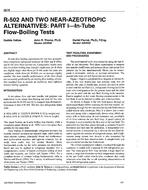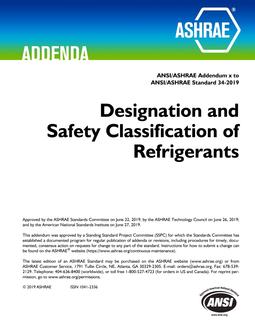Click here to purchase
The rooftop is a crucial envelope component in terms of impact on building cooling and heating loads. As a result, since 2012, the International Energy Conservation Code (IECC) recommends higher minimum insulation in the roof or attic than any other location. This is true for both residential and commercial buildings, irrespective of climate zone. However, increased insulation in the roof can lead to increased warming of the surrounding ambient environment through convective redirection of heat from the sun to the surrounding airshed. This warming of the urban environment indirectly increases building energy demand for cooling throughout the city. The present study uses building energy simulation to explore and isolate how increases in rooftop solar reflectivity and thermal absorptivity affect building heating and cooling loads, and the resulting convection of heat from roof surfaces into the urban environment. While highly reflective and emissive rooftop surfaces may reduce building cooling loads and urban heating in summer, they may also result in a penalty in terms of winter heating energy demand. As a result, such roofing materials may not be appropriate for regions with considerable heating demand during winter. This study conducts a series of parametric simulations to determine the optimal value for both solar reflectivity and thermal emissivity for different U.S. climate zones. The study incorporates different building models for residential and commercial sectors. The results from this analysis can be used to identify optimal rooftop radiative properties to minimize annual energy costs or to minimize urban warming as a function of building type and climate zone.
Citation: 2021 Virtual Conference Papers
Product Details
- Published:
- 2021
- Number of Pages:
- 8
- Units of Measure:
- Dual
- File Size:
- 1 file , 3.1 MB
- Product Code(s):
- D-VC-21A-C012
- Note:
- This product is unavailable in Belarus, Russia


